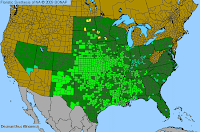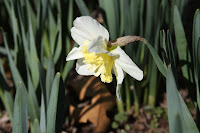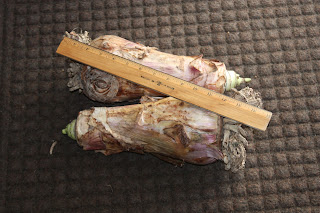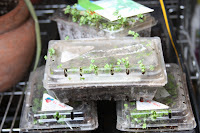Muscari - Grape Hyacinths bloom Mar-Apr

Grape Hyacinth Muscari or Grape Hyacinths are blooming with abandon in our garden this spring. We added them to a planting of this cold-hardy succulent that surrounds a few trees in the front yard. Native to Eurasia, their blue flowers resemble bunches of grapes - hence their name. Actually, they are not Hyacinths but Lilies! Be sure to order and plant some this fall if your garden doesn't have any yet. I have planted other colors and other color combination varieties from mail-order catalogs over the years, but these are the ones that persist and multiply into the lawn. Grape Hyacinths are hardy in zones 3 to 9. Here they are under trees where the shade is very dense in the summer. Still they do their wonderful spring-thing! Plant them and just wait for them to naturalize and spread all over the garden, greeting spring year after year.








